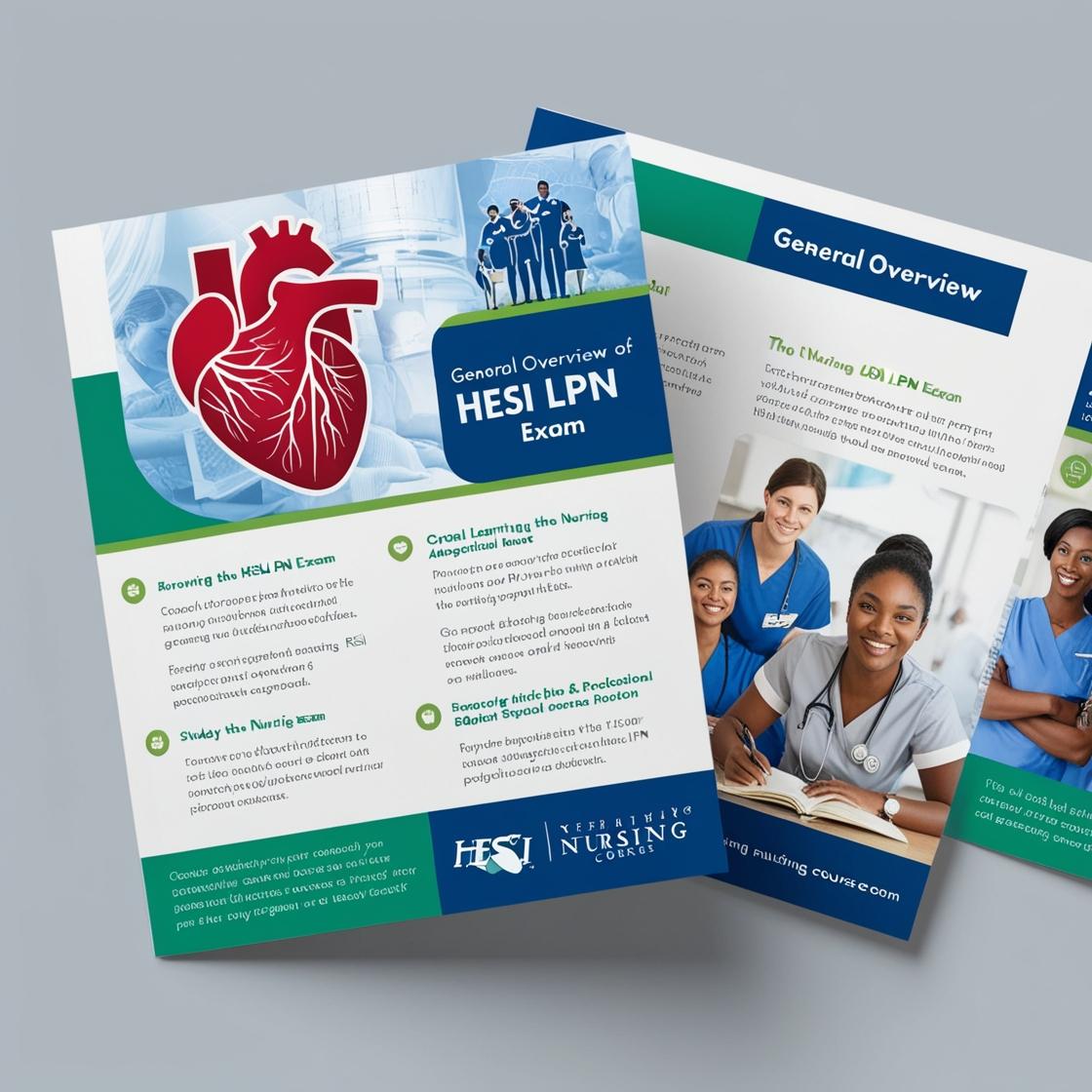HESI LPN
Medical Surgical HESI
1. Laboratory findings indicate that a client’s serum potassium level is 2.5 mEq/L. What action should the nurse take?
- A. Administer potassium supplements orally.
- B. Increase the client's dietary potassium intake.
- C. Inform the healthcare provider of the need for potassium replacement.
- D. Monitor the client's ECG continuously.
Correct answer: C
Rationale: A serum potassium level of 2.5 mEq/L is critically low, indicating severe hypokalemia. In this situation, it is essential for the nurse to inform the healthcare provider promptly about the need for potassium replacement. Administering potassium supplements orally or increasing dietary potassium intake is not appropriate in cases of critically low potassium levels as immediate and precise replacement is necessary. Monitoring the client's ECG continuously is important in severe cases of hypokalemia, but the priority action should be to inform the healthcare provider for further management and treatment.
2. Twelve hours following a unilateral total knee replacement, a client reports being unable to sleep because of severe incisional pain. What is the best initial nursing action?
- A. Administer a prescribed sedative.
- B. Reposition the client for comfort.
- C. Apply ice packs to the surgical site.
- D. Instruct the client in the use of the prescribed patient-controlled analgesia (PCA) pump.
Correct answer: D
Rationale: Instructing the client in the use of the PCA pump is the best initial nursing action for managing severe incisional pain after knee replacement surgery. The PCA pump allows the client to self-administer pain medication effectively, promoting better pain management. Administering a sedative may mask the pain temporarily but doesn't address the root cause. Repositioning the client for comfort or applying ice packs may provide some relief but doesn't address the need for effective pain control as the PCA pump does.
3. A young adult client, admitted to the emergency department following a motor vehicle collision, is transfused with 4 units of PRBCs. The client’s pretransfusion hematocrit is 17%. Which hematocrit value should the nurse expect the client to have after all PRBCs have been transfused?
- A. 23%
- B. 25%
- C. 27%
- D. 29%
Correct answer: D
Rationale: One unit of PRBCs typically raises the hematocrit by 3%. Since the client received 4 units, the hematocrit is expected to increase by approximately 12% (4 units x 3% per unit). Therefore, the nurse should expect the client's hematocrit to be 29% after all PRBCs have been transfused. Choices A, B, and C are incorrect as they do not account for the cumulative effect of multiple PRBC units on the hematocrit level.
4. Following surgical repair of a cleft palate, what should be used to prevent injury to the suture line?
- A. Straw
- B. Spoon
- C. Syringe
- D. Cup
Correct answer: D
Rationale: Following surgical repair of a cleft palate, a cup should be used to prevent injury to the suture line. Utensils such as straws, spoons, droppers, and syringes should be avoided as they can cause trauma to the surgical site. Using a cup reduces the risk of disrupting the sutures and promotes proper healing.
5. A client with chronic heart failure is being discharged with a new prescription for furosemide. Which instruction should the nurse include in the discharge teaching?
- A. Increase your intake of potassium-rich foods.
- B. Restrict your fluid intake to 1 liter per day.
- C. Avoid salt substitutes containing potassium.
- D. Weigh yourself once a week.
Correct answer: A
Rationale: The correct answer is to instruct the client to increase their intake of potassium-rich foods. Furosemide is a loop diuretic that can lead to potassium loss due to increased urinary excretion. Potassium-rich foods can help prevent hypokalemia, a potential side effect of furosemide. Restricting fluid intake (choice B) may not be suitable for all patients with heart failure, and a general restriction of 1 liter per day is not typically recommended. Avoiding salt substitutes containing potassium (choice C) is not a priority teaching point in this scenario. Weighing oneself once a week (choice D) is important for monitoring fluid status, but increasing potassium-rich foods is more directly related to the potential side effects of furosemide.
Similar Questions

Access More Features
HESI LPN Basic
$69.99/ 30 days
- 50,000 Questions with answers
- All HESI courses Coverage
- 30 days access @ $69.99
HESI LPN Premium
$149.99/ 90 days
- 50,000 Questions with answers
- All HESI courses Coverage
- 30 days access @ $149.99
